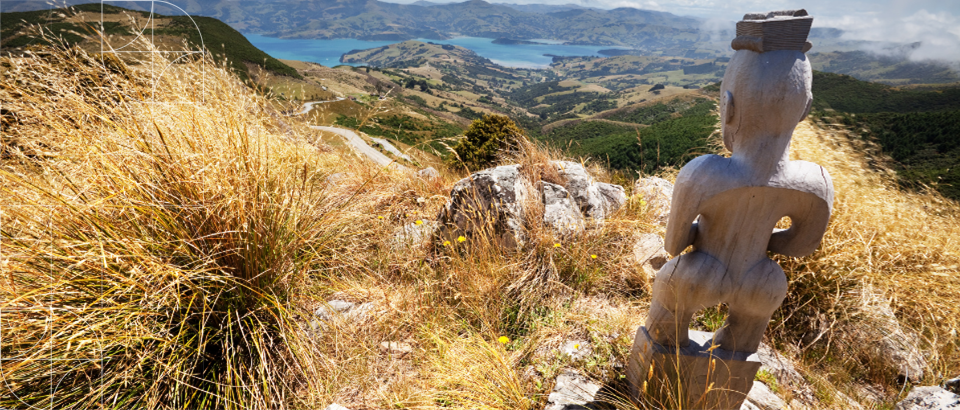Offer-back under the Public Works Act

Offer-back under the Public Works Act
Thursday 31 March, 2022
When land has been held for a public work and is no longer required for a public work, the Public Works Act (PWA) requires the land to be offered back to the person from whom the land was acquired or that person’s successor. However, if the original owner is dead, the offer-back provisions can sometimes lead to arbitrary outcomes, as they are unlikely to have made provision for the offered-back land in their will. The Court of Appeal recently considered the definition of successor under the PWA and, in particular, how the offer-back provisions should be applied to land originally owned by Māori.
Background
In 1953, Simon and Richard Urlich gifted land in Northland to the Crown for use as a Māori school, which closed in 2016. They are now both dead. Their descendants are Robert, Simon’s son, and Zahn, Richard’s grandson, both of Ngāti Kahu descent. The land was offered back to Zahn under the Public Works Act, but not Robert. The land was offered for $125,000, because it had originally been a gift, but its real current market value was around $800,000. Robert lodged a caveat over the land, arguing that the land should also have been offered to him. His application that the caveat not lapse was unsuccessful in the High Court, so he appealed to the Court of Appeal.
Public Works Act 1981, s 40(5)
The PWA provides that where land is no longer required for a public work, it must be offered back to the person from whom it was acquired or to their successor. Successor means the person who would have inherited the land (under former owner’s will or intestacy) if the former owner had owned the land when they died.
Zahn was the residuary beneficiary under Richard’s will. Simon’s residuary beneficiary was his wife, Olivia. Her residuary beneficiaries were Robert and his sisters. S 40 only gives offer-back rights to the immediate successor, so any offer-back right relating to Simon’s interest ended with Olivia’s death.
History of the offer-back right
The original Public Works Act 1876 required the land to be offered back to the original owner or to their successor, but this right was removed in 1954. The Public Works Bill 1980 gave the Crown the option of offering back the land, but the Select Committee advised making it compulsory to offer the land back to the original owner or their successor.
If the original owner or their successor does not want the offered-back land, s 42 allows the Crown to sell the land to neighbours or offer it for sale to the public through a private sale (rather than by auction). In deciding whether to offer land for sale under s 42, and to whom, the Crown must take account of the Gifted Land Policy. This policy requires the Crown to consider whether gifted land should be offered to other individuals under s 42(1). This may include beneficiaries of wills who are not successors under the PWA, but to whom the Crown owes a moral obligation.
Successor under the PWA
The Court reviewed previous Court of Appeal cases under the PWA, which held that the purpose of s 40 was to ensure that land was offered back to the person from whom it was taken or their successors. The wording of s 40 assumed that ownership of the land had not changed between acquisition and offer back, meaning that Parliament had only intended that there be one level of succession. The section requires the Crown to find the original owner or their immediate successor, but does not encompass further, multi-generational research into the successors of that successor. The Court acknowledged that this interpretation could lead to arbitrary outcomes but held that that was Parliament’s intent. The Court concluded that Robert was not a successor under s 40 of the PWA.
Māori land and Te Ture Whenua Māori Act
Robert brought expert evidence to show that it was a breach of Te Whānau Moana (Robert’s hapū) and Ngāti Kahu tikanga to only offer the land to Zahn. Tikanga required that it be offered back to Richard and Simon’s descendants. Zhan was agreeable to splitting the land 50/50 between Simon’s whānau and himself (as Richard’s successor).
S 41 of the PWA sets out the requirements for the disposal of Māori land or land owned by Māori, however this land did not fall under this section, as it did not have four or more owners when it was acquired. The Court raised the possibility that the Crown should have considered s 134 of the Te Ture Whenua Māori Act (TTWMA) before making an offer under s 40. S 134 gives the Māori Land Court jurisdiction to make a vesting order converting certain land to Māori freehold land, particularly where land taken for public works is being returned to Māori. The Crown argued that applying s 134 of the TTWMA to land that did not fall under s 41 of the PWA would make s 41 redundant. The Court rejected this argument, holding that s 134 created an ‘alternative path’ and s 41 was not intended to limit the scope of s 134.
The Court pointed out that the Crown has a duty of active protection of rangatiratanga over whenua Māori and noted that the Waitangi Tribunal has held that the way offers-back are made under ss 40–42 of the PWA is inconsistent with the Crown’s obligation to actively protect rangatiratanga over ancestral lands. The Court concluded that the Crown should have considered using s 134 to effect a broader offer-back, consistent with tuku whenua, rather than a narrow offer-back under s 40. However, as s 134 does not create a caveatable interest, the Court dismissed the appeal that the caveat not lapse, but noted that the Crown would need to reassess its position in light of this judgment.
Conclusion
This Court of Appeal decision makes it clear that the Crown has the option of taking a more flexible approach to do justice to tāngata whenua under ss 41 and 134 than it is currently taking. When offering land back to Māori that does not fall within s 41 of the PWA, the Crown should consider whether it should make an application to the Māori Land Court under s 134 of the TTWMA before offering the land back to any successor under s 40 of the PWA. If you have any questions about Public Works Act issues, our experts can help you.
Note for local authorities
This case arose from an acquisition of land by the Crown. Section 134 (3) provides for a complex list of potential applicants to the Māori Land Court where a local authority (as opposed to the Crown) wishes to dispose of land no longer required for a public work
The local authority will have standing to make an application under section 134 if it acquired the land, but an application might also be made by a Minister of the Crown under whose control the land is held or administered; or the Chief Executive within the meaning of section 4 of the Cadastral Survey Act 2002.
However, it is not clear that the Act would apply in the event that a local authority wishes to dispose of land in its possession which was previously but no longer held for a public work or public purpose, but which was not originally acquired from Māori owners by that local authority.






